Dubai: Large parts of the world are in the grip of a heatwave, taking temperatures to record levels.
At least 134 people have died suddenly since Friday in the Vancouver area - deaths likely linked to a gruelling heat wave, authorities said.
Canada set a new all-time high temperature record for a third day in a row on Tuesday, reaching 49.5 degrees Celsius in Lytton, British Columbia.
A heatwave in parts of northwest America has shut down much of daily life in the cities of Portland and Salem in Oregon, and Seattle in Washington. In Salem, temperatures reached 47.2 degrees Celsius, the hottest since record-keeping began in the 1890s.
The reason: A dome of atmospheric high pressure over the upper US Northwest and Canada, similar to conditions in California and southwestern states earlier in June.
Closer home, the region is in the midst of another hot summer.
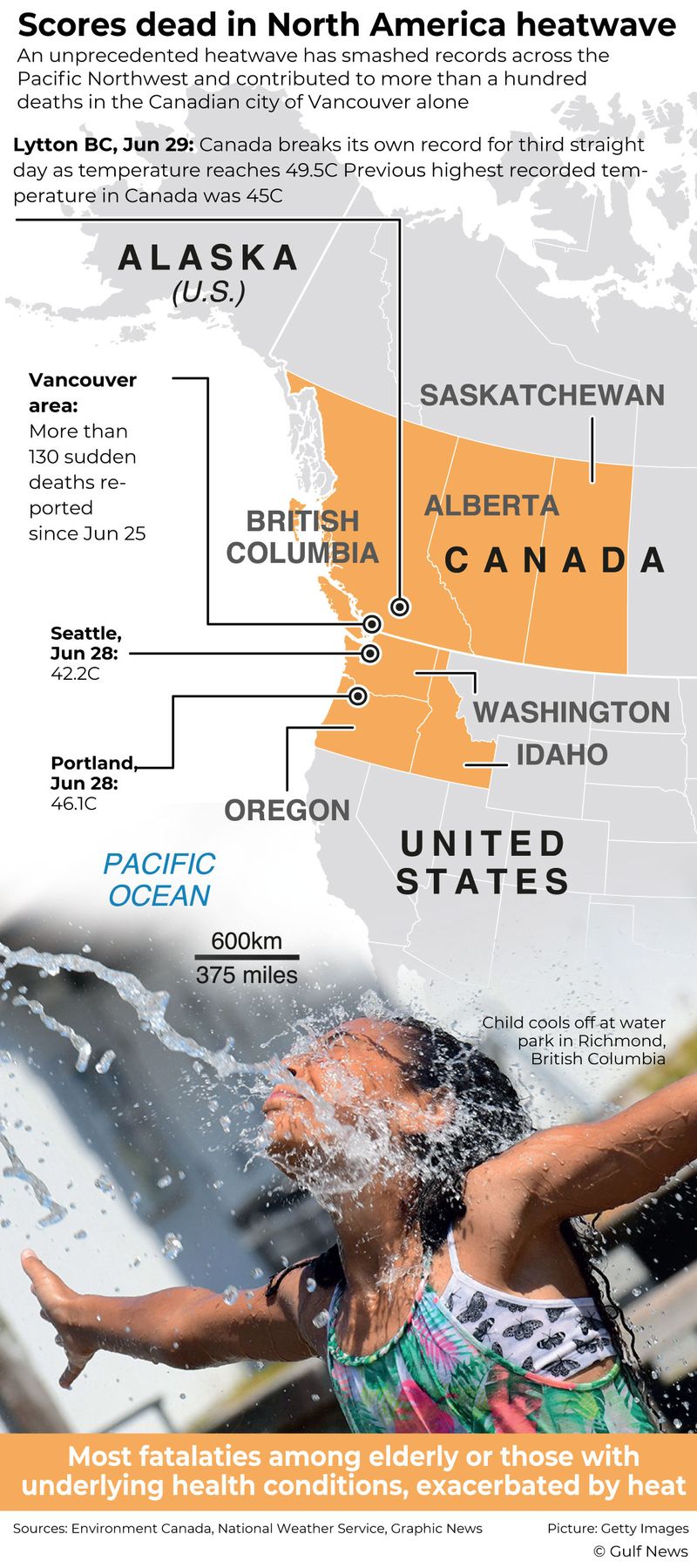
Kuwait’s Nawasib city recorded 53.2°C recently, the hottest temperature worldwide. In the UAE, temperature hovered around 48.2°C at 2pm on Sunday, according to the National Centre of Meteorology.
Historical weather recordings show that the highest maximum temperature recorded in June was in 2010, when temperatures reached 52 °C, in Abu Dhabi’s Al Yasat area, located in the southwest of the emirate.
Earlier this year, searing heat scorched southeastern Australia stoking bushfires near the city of Adelaide and driving crowds to the beaches.
The COVID-19 pandemic and extreme heat events are already coinciding, further threatening community health in many cities across the globe, The Lancet has reported. People now have new challenges to stay safe from both heat stress and the coronavirus.
Are heatwaves here to stay?

What is a heatwave?
A heatwave is an extended period of hot weather relative to the expected conditions of the area at that time of year, which may be accompanied by high humidity.
Heatwaves may span several days to several weeks and there is usually a rise in heat-related deaths. They are dangerous natural hazards, but rarely receive adequate attention because the destruction is not seen immediately.
From 1998-2017, more than 166,000 people died due to heatwaves, including more than 70,000 who died during the 2003 heatwave in Europe, according to the World Health Organisation.

Heatwaves have been increasing in frequency, duration, and magnitude. Between 2000 and 2016, the number of people exposed to heatwaves increased by around 125 million.
Rising global temperatures affect all populations. However, some populations are more exposed to it, according to WHO. They may be more physiologically or socio-economically vulnerable to physiological stress, illness, and an increased risk of death from exposure to excess heat.
When was the first recorded heatwave and the last recorded one?
The year 1540 was first heat wave on record, when extreme drought and heatwave reportedly lasted 11 months. It was known as the “1540 European Drought.”
The latest heat wave on record is this month (June 2021), which has kicked up temperatures exceeding 38 °C (100 °F) in the Pacific Northwest.
The result: All-time record high temperatures were recorded in cities such as Portland [44 °C] and Seattle [40 °C]. On Tuesday (June 29, 2021) Canada has crushed all-time heat records for the second straight day, according local media reports.
Pictures: When heatwave created disasters around the world



Are we seeing more heatwaves today?
Yes, unfortunately. That's what that data suggest. Temperature records had been kept intact since at least 1901, and more record temperatures are being broken in different areas.
Longer-term records show that heat waves in the 1930s remain the most severe in recorded US history. The spike reflects extreme, persistent heat waves in the "Great Plains" region during a period known as the “Dust Bowl.” What's the reason: poor land-use practices and many years of intense drought as reasons for these heat waves, in which soil moisture is depleted, thus reducing the moderating effects of evaporation, the US Environmental Protection Agency (EPA) reported.
However, the agency has confirmed that heat waves are indeed occurring more often than they used to. “Their frequency has increased steadily, from an average of two heat waves per year during the 1960s to six per year during the 2010s,” the EPA report stated.
In recent years, the average heat wave in major US urban areas has been about four days long — a day longer than the average heat wave in the 1960s.
All-time temperatures are being crushed in the northern hemisphere. On May 27, 2020, Montreal broke its all-time May record high, at 36.6 °C when a heatwave swept through parts of Canada.
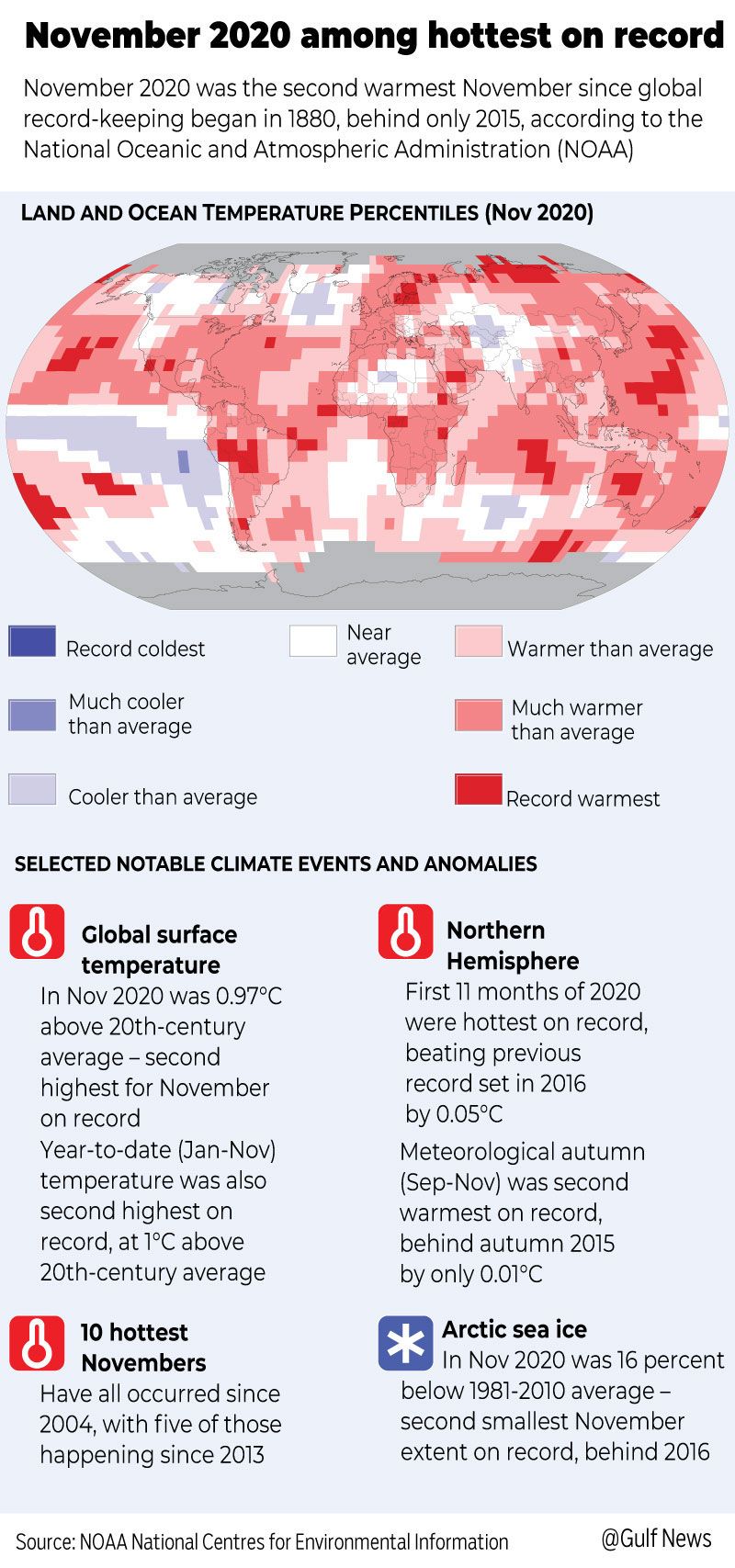
There’s the curious case of Siberia. The Russian heatwave smashed an all-time record high in one Siberian town on June 20, 2020 reaching a scorching 38 °C. It was the hottest temperature on record so far north in the Arctic.
It was first broken in 2003 (between July – August), when nearly 70,000 deaths were reported amid the scorching heatwave that swept across Europe, thus making it the hottest summer in five centuries, according to a study published in Science magazine.
US Northwest bakes in record-breaking heat wave



This year, about mid-February 2021, a jet-stream of Sahara dust brought a winter heatwave in Europe with daily temperatures nearly similar to maximum high during spring.
In Berlin, a high temperature of 20 °C was reported and the next day it reached 19 °C. In Paris a high wintertime temperature of 20 °C was reported, while Warsaw and London had it around 18 °C. In Asia, a record-high winter temperature was declared in Beijing on February 21 at 25.6 °C.
Why do we have heatwaves?
Unusually hot days and multi-day heat waves are a natural part of day-to-day variation in weather. As the Earth’s climate warms, however, hotter-than-usual days and nights are becoming more common.
As a result, “heat waves are expected to become more frequent and intense,” the EPA said. One effect of spikes in these extreme-heat events: more could potentially face heat-related illnesses and deaths, especially if they do not take steps to adapt. "Even small increases in extreme heat can result in increased deaths and illnesses,” the agency added.
Are heatwaves linked to climate change?
An article published June 28, 2021 in Scientific American, cites data stating climate change is the main driver behind the current heat wave, which is also entering “uncharted territory.”
The 2021 severe heat wave is sweeping across the Pacific Northwest of the US and Western Canada, which has already broken scores of long-standing records.
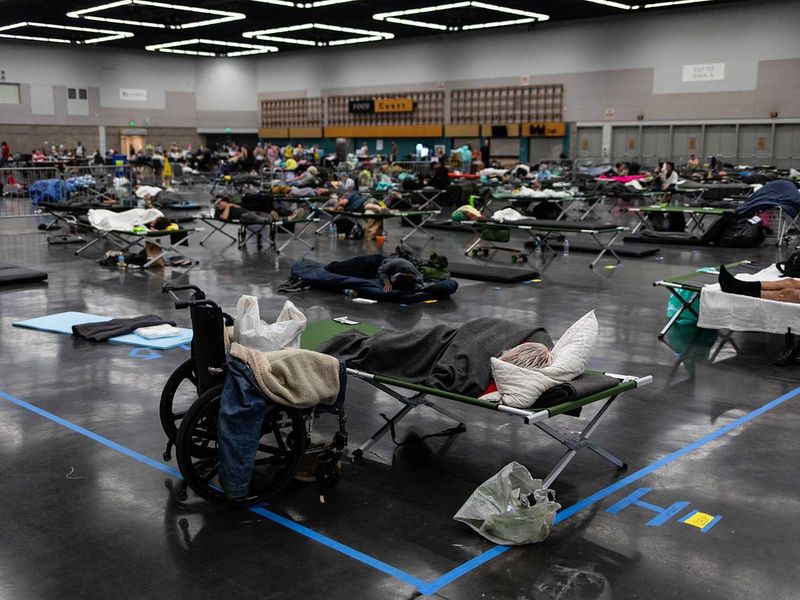
The sweltering weather… “appears to be part of a broader climate change trend,” wrote Scientific American. The “Pacific Northwest’s average temperature has warmed more than 1.11 °C (2°F) compared with a century ago. Most of that change took place in the last 40 years,” the report added.
More importantly, the reported quoted Larry O’Neill, Oregon’s state climatologist, as saying that, “the number of extreme-heat days has doubled in less than a century, and it likely won’t stop at that.” O’Neill cited 1940 data during which Portland had only about 10 days per year when the daily high temperature topped 32.2C. “By 2020, that number is at about 20 days per year,” O’Neill said.
Tom Di Liberto of the Climate Programme Office under the National Oceanic and Atmospheric Administration wrote in a post on NOAA’s website: “It’s always difficult to immediately quantify how much impact climate change has had on a climate extreme — but there is plenty of evidence to show that high temperatures and heat waves have become worse due to climate change. Heatwaves across the contiguous US have occurred more often and lasted longer since the 1960s, which is consistent with a warming climate due to climate change.”
Heatwave and its impact on humans
Extreme heat can cause many disorders. Heat stroke is the most serious disorder. Heat stroke happens when the body becomes unable to control its temperature. This condition can cause death or permanent disability if emergency treatment is not given.
Higher temperatures and respiratory problems are also linked. One reason is because higher temperatures contribute to the build-up of harmful air pollutants. Many cities across the world have seen large increases in death rates during heat waves.
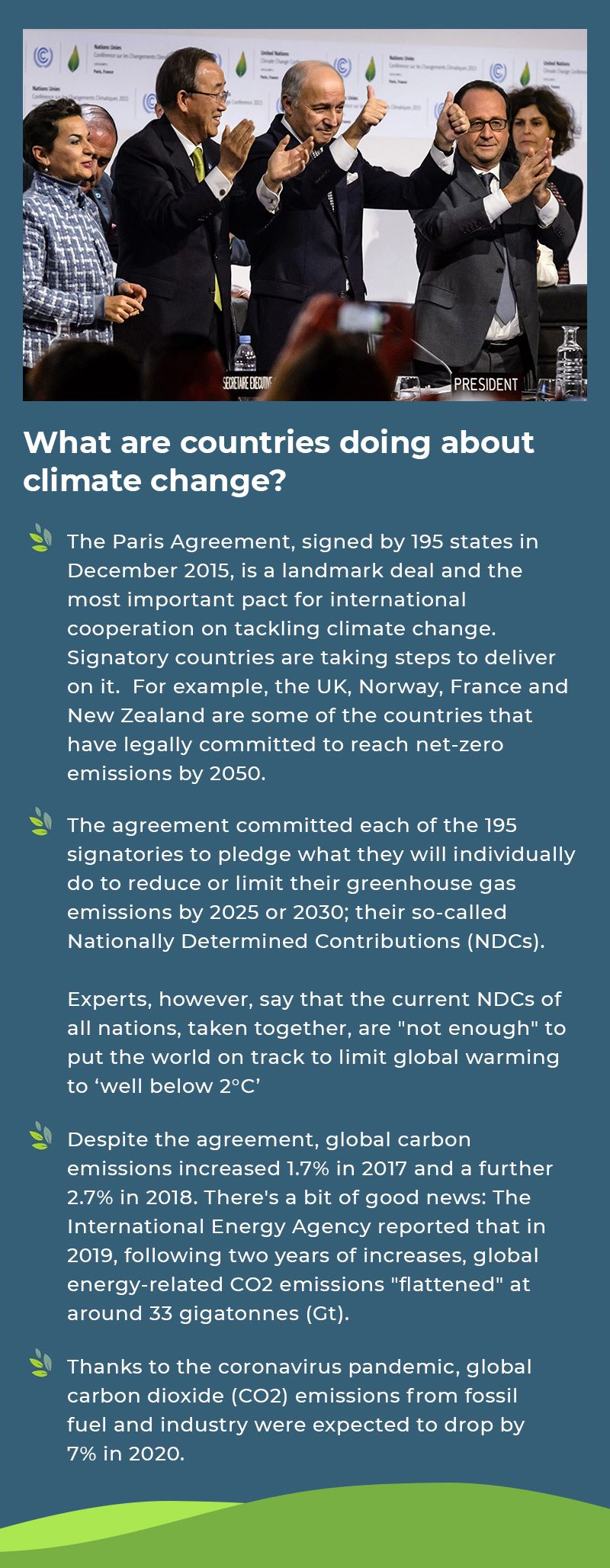
Thousands died due to heatwave
From 1998-2017, more than 166,000 people died due to heatwaves, including more than 70,000 who died during the 2003 heatwave in Europe, according to a WHO report.
Between 2000 and 2016, the number of people exposed to heatwaves increased by around 125 million.
A hotter world and its impact are already on us.
Floods killed more than 1,900 people in India in June and affected 17 million people, according to data. Other flooding and associated landslides in Nepal, Pakistan, Afghanistan and again in India killed at least another 1,250 people.
African floods killed nearly 600 people. And flooding along Yangtze River and the Three Gorges Dam in China killed at least 279 people in the summer and caused economic losses of more than $15 billion, according to the World Meteorological Organisation.
Heatwaves' impact on insects and animals
As the planet grows warmer, the effects of heat stress on organisms is becoming increasingly evident. The period from 2015 to 2019 was the warmest five-year period on record, according to a new report from the World Meteorological Association. This has severely impacted insects to coral reefs to animals.
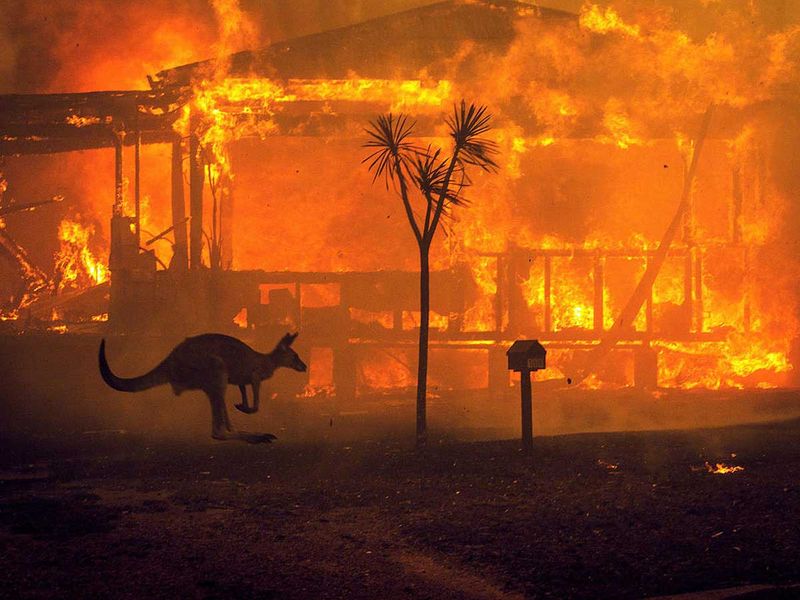
The period from 2015 to 2019 was the warmest five-year period on record, according to a new report from the World Meteorological Association. Across Europe numerous high temperature records were broken, and the “frequency, intensity, and duration of heat waves are all expected to increase,” according to a recent study.
In November 2018, the temperature in northern Australia soared to 41.6 C and stayed hot for days. Some 23,000 endangered animals fell out of trees and died. The heat also killed fish, wild horses, and camels.
What is a marine heatwave? Is marine life, including corals, threatened by this?
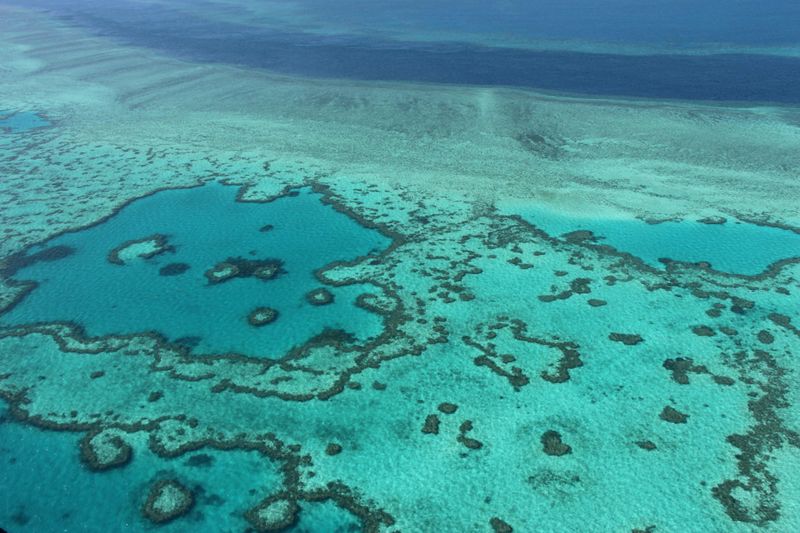
When ocean temperatures are extremely warm for an extended period, it’s called a marine heatwave. According to marineheatwave.org, during a marine heatwave seawater temperatures exceed the threshold (it varies seasonally) for at least five consecutive days. Two or more marine heatwaves with gaps of two days or less are part of the same event.
Marine heatwaves are caused by several factors, including ocean currents and warming of the ocean surface from the atmosphere. Climate change is blamed for driving marine heatwaves that are becoming more frequent and more intense, and tends to last longer.
These heatwaves can cause significant and long-lasting damage to corals and other marine ecosystems. Massive amounts of coral bleaching in reefs worldwide have been reported over the past several decades.
Even fisheries can be affected, like in the case of Western Australia ten years ago when dead fish washed ashore due to the unusually warm water, which destroyed algae seaweeds and creatures like abalone, scallops and lobster. In the subsequent weeks, commercial fisheries too was severely affected.
The effects of marine heatwaves can reverberate up the food chain, the Nature quoted Pippa Moore, a marine-community ecologist at Newcastle University in Britain, as saying.
What does the recently released UN report say? Could heatwaves be the next big killer?
A new report by the Intergovernmental Panel on Climate Change has warned of unprecedented killer heatwaves on the near horizon.
The report by the UN’s climate science advisory panel warns that if the world warms by 1.5 degrees Celsius — 0.4 degrees above today’s level — 14 per cent of the population will be exposed to severe heatwaves at least once every five years, “a significant increase in heatwave magnitude”.
Megacities that generate additional heat of their own will be worst hit.
Sub-Saharan Africa is especially vulnerable to lethal heatwaves, more so because it is least prepared to cope with them.
In central China and central Asia, meanwhile, “extreme wet-bulb temperatures are expected to approach and possibly exceed physiological thresholds for human adaptability”, the IPCC has warned.
The Mediterranean is also vulnerable to deadly incursions of hot weather.
“In Europe, up to 200 million people will be at high risk of heat stress by mid-century if the world warms up to two degrees Celsius until 2100,” the report says.
from World,Europe,Asia,India,Pakistan,Philipines,Oceania,Americas,Africa Feed https://ift.tt/3xaU37J
No comments:
Post a Comment